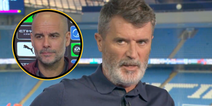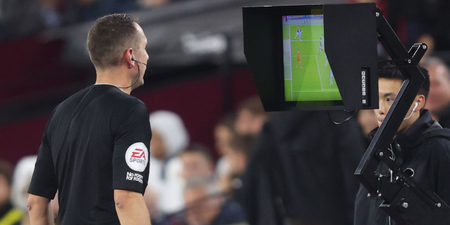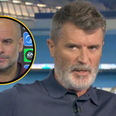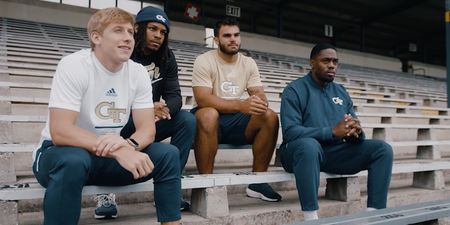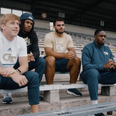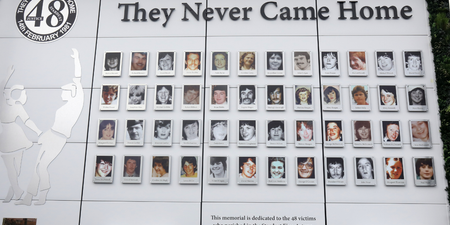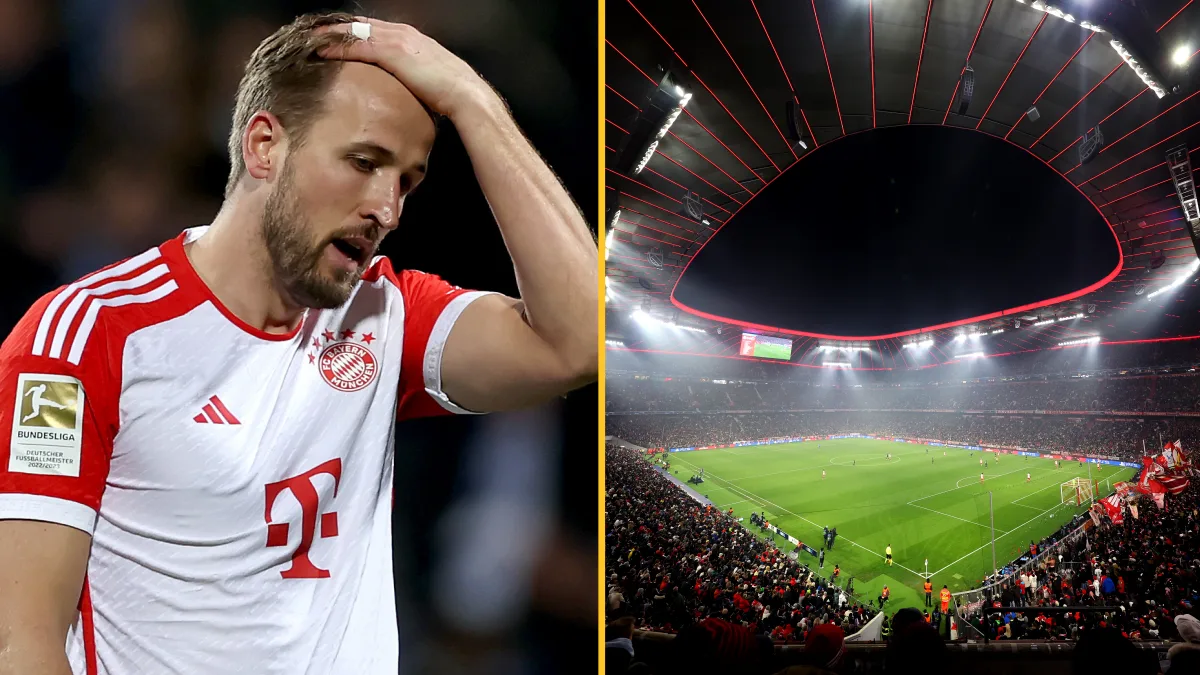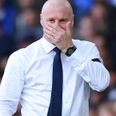Ever wanted to know what goes on in a football medical? Now you know…
The summer transfer window always brings about multi-million pound moves as clubs regularly pay extraordinary fees to get the man they want.
However, the process of signing a player is an extremely complicated one with agents, scouts, coaches and managers all involved but arguably the most important people are the players and the doctors who conduct the medical.
Every player that signs for a professional club, regardless of the club’s stature or finances, will be subjected to a medical which can make or break the deal.
This topic has recently come to light after the news that Loic Remy’s move to Liverpool broke down after the French striker apparently failed his assessment. JOE wanted to answer a simple question, what exactly goes on during a medical?
We sat down with Fearghal Kerin, who was the former first-team physio at St Johnstone and Shamrock Rovers, to understand what a medical actually involves.
Kerin has also worked with Leinster and the Dublin Gaelic panel and is currently employed by the League of Ireland champions St Patrick’s Athletic.
We caught up with him to discuss medicals, Loic Remy, the most common reasons for failing them, Andy Carroll, the pressure on doctors and how clubs actually use this information.
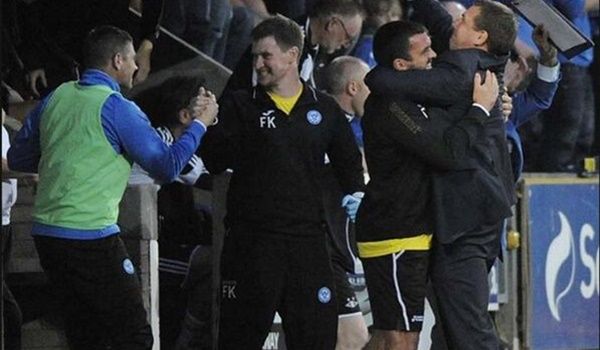
JOE: To begin with, when a club identifies a player that they want to buy is his medical history already a deciding factor in their transfer plans?
Yes. When an agreement is reached, the club’s physio would contact the potential selling club to get some brief information, just so they know if the player has any specific medical details or requirements.
In some cases, former team-mates of the player can also inform the doctor about his history. Even before the transfer goes into the advanced stages, most medical staff will have a fair idea of what they’re dealing with.
Upon meeting the player himself , the club doctors will be given the medical notes from his current team. This is always done first, before you move onto the more rigorous testing process.
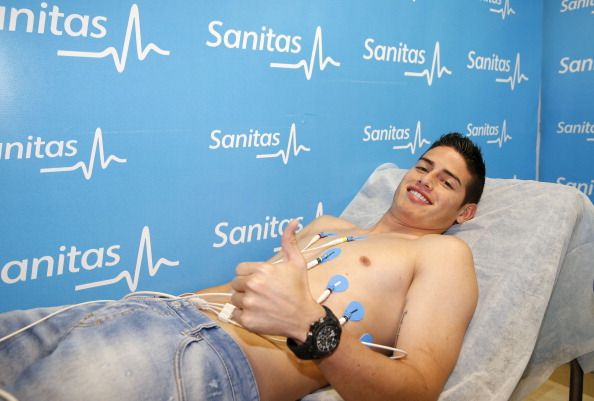
With these notes, a club’s medical staff would have an in-depth read so they can understand his history. After this you would have a private Q&A, where the player is asked rigorous questions about any of his previous injuries, especially during the previous season.
This is very important because the examining doctor needs to understand what niggles they may have and the reasons why he missed games last year. Clubs will already know the exact amount of games that the player has played last year, however, they want to know why he was absent from the others.
Was it poor form or health? This conversation forms the basis of the entire day’s medical tests.
JOE: What does the medical actually involve?
The standard of the club, in terms of budgets and medical resources, will have an effect. For example, League of Ireland medicals are less in depth than Premier League clubs but there are some things that remain constant.
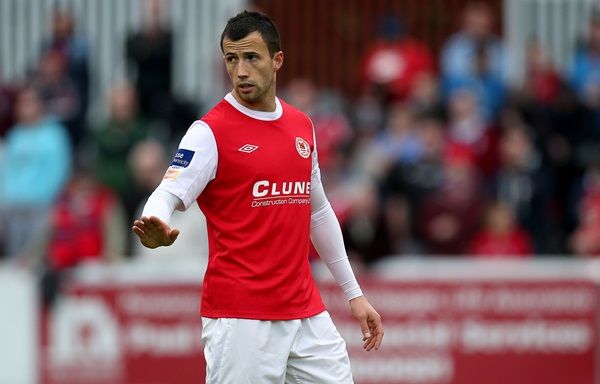
The medical itself will always be done in two stages.
The first part is doctor led, and it will begin from a purely physician’s approach, this is similar to what an ordinary person gets during a routine check up.
The doctor would look at things like the player’s heart, kidney, liver, blood pressure, potential illnesses and neurological exams. If anything problematic comes up at this stage then it will be investigated further.
An ECG is also standard practice in order to rule out heart issues.
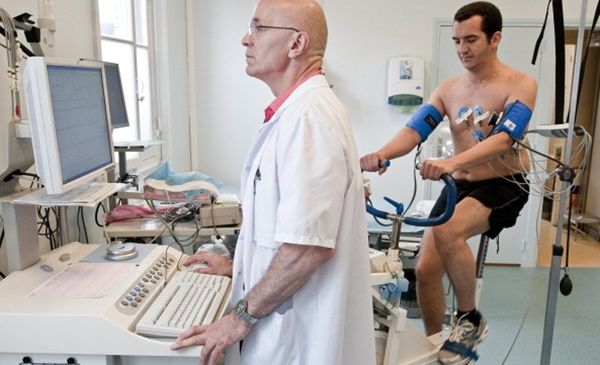
This is a vital stage, I was at a club once where they skipped through this part of the exam because they wanted to finalise the deal after they heard that there was interest from another bigger club in the player. He signed but broke down soon after.
The second stage of a medical is the physio/injury side of things.
In the League of Ireland, if a player has any significant injury history you will probably just MRI that one particular joint. However, in the Premier League, they would MRI every major joint regardless if it was ever injured before.
If anything unusual comes up from the scan then the club will have to make the call, pursue the transfer or go and visit a specialist for a second opinion.
If problems are found then it comes down to two things: 1) How much does the club want the player? and 2) Are they willing to overlook any medical issues?
Sometimes, players with a chequered injury history have passed medicals. In the case of Michael Owen, when he signed for Manchester United, he was passed fit but I imagine this was mainly due to the type of contract he was offered, pay or play.
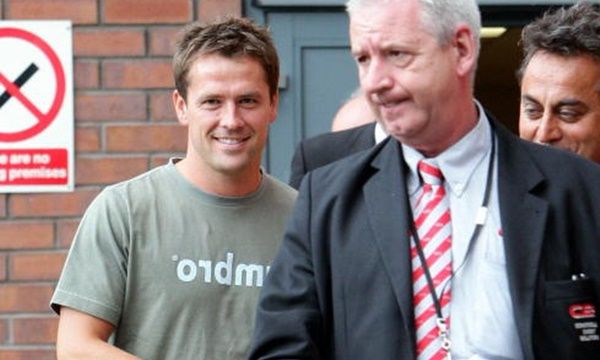
In some lower level leagues, contracts are usually short term so clubs are prepared to take greater risks on a joint injury than Premier League clubs who are looking to sign a player on a three-to-five year contract. This was probably the issue with Remy or Demba Ba.
JOE: Are these ‘skipped’ medicals more frequent on the last day of the transfer windows. For example, Kim Kallstrom at Arsenal last year?
Ideally, you should always have a thorough exam but there have been several instances when this isn’t the case. I’ve performed medicals on players that have actually already signed for the club. In these cases you’re just praying that nothing turns up.
I once worked for a club that signed a player on a rushed medical and it turned out that he was going to cost them €10,000 per year to get proper treatment for an injury that should have been detected.
This is the pitfall of accelerating a medical which is exactly what happened to Arsenal when they were caught with Kallstrom.
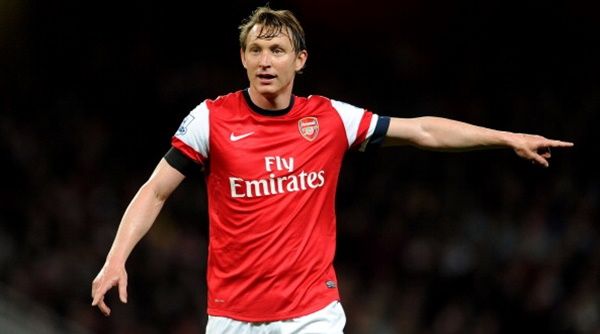
JOE: Are there some medical tests that are standard across the board i.e the same tests regardless of a doctor working at Real Madrid, Shamrock Rovers or St Johnstone?
The same basic medical is carried out in all clubs. Doctors will look at a player’s history which informs the direction where you actually go with the rest.
Standard medical check-ups are performed and physical examination of the players’ joints and muscles. From there on in, it depends on the resources and time that is available to clubs. If they can afford a multitude of scans or second opinions then they may ask for them. It comes down to budget and time scale.
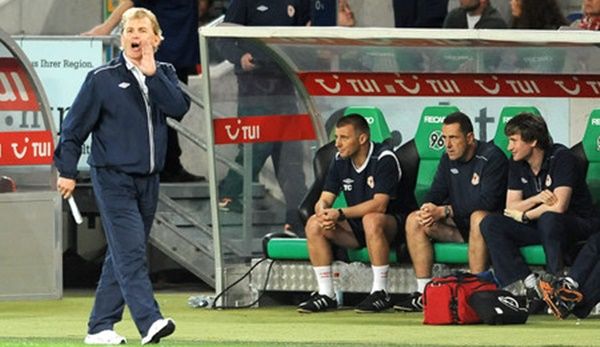
Photo via – Inpho
I was a football fan much like everyone else and I didn’t have much understanding of what they involved but its an area where clubs constantly find themselves in trouble.
During my first few medicals I was nervous because there is a lot of responsibility. Contracts that are worth millions of pounds are reliant on the medical team’s work.
It happened at West Ham last year when they sacked their medical team for passing Andy Carroll as fit after his medical. They said his heel injury wouldn’t persist into the season but it did.
The owners, David Sullivan and David Gold, ultimately sacked their whole team because Carroll was ruled out for seven months.
Unfortunately, all their medical team lost their jobs because of this. Pressure exists in all aspects of the game, not just at the boardroom or on the pitch.
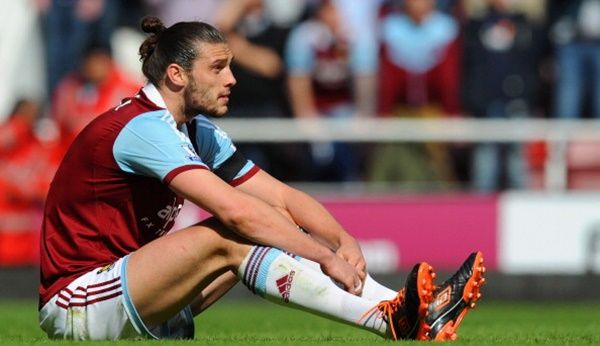
At the highest level, most doctors would travel in private jets to attend to certain players because football is a million-dollar sport and teams want their best players fit and available. On transfer deadline day, doctors are almost like superstars because clubs will make players meet them half-way in order to finalise a deal.
It’s also becoming more common for clubs to use a trusted group of doctors when signing players.
For example, Arsenal relied on the German national team doctors when they signed Ozil and Liverpool used a private hospital in America with Remy.
To me, when I saw Liverpool using an American hospital I thought maybe they are looking to rush this through because I thought they might use the people that they regularly use in England.
I have my doubts over the Remy deal because something tells me they may have another player in the pipeline.
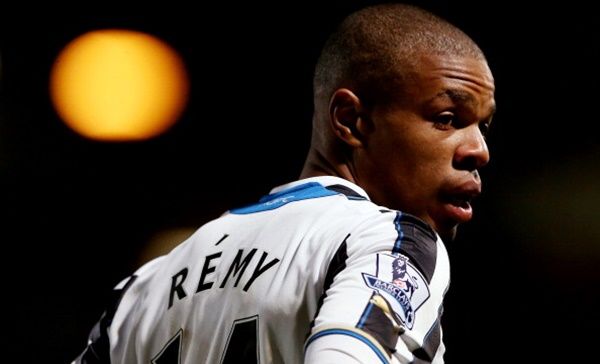
Q: From a doctor/ physician point of view, do you make it crystal clear to your club that sometimes there isn’t enough time to test for everything? If an issue does appear later, do you need to cover your back by letting them know that the medical staff didn’t have enough time to diagnose it?
You would and the clubs will have to respect this. Ultimately the conversation goes like this. The doctor will say that the player does have underlying injuries and that the club is at risk with this signing… are you willing to overlook these medical issues?
In the League of Ireland, you would be willing to overlook some of these injuries because the contracts are shorter but in the Premier League a club could be in real trouble in some cases by going ahead.
That’s where a good relationship between a club’s Head of Medicine and manager really comes into place.
Clip via – runefr3ak41’s channel
JOE: How many staff, doctors, physios, coaches etc are involved in an average medical?
The head physio and the head of medicine will always be there.
These two will be in constant conversation with the team’s performance director or head coach, who would then liaise with the director of football/manager i.e whoever is responsible for the day to day running of the players.
JOE: How long does it take to discover the results of the medical?
For a simple medical you would turn it over in a day but if there is some confusion or issues flared then it might drag on for a second or third day.
In these occasions, the parties would refer to a specialist but at the very highest level, clubs would ask for a quick key-hole scope to get an exact understanding of what’s going on with the joint.
This is what Manchester United did with Ruud Van Nistelrooy the first time out. They wanted a perfect idea of what his knee looked like and this is why he failed his initial medical.
Lo and behold he did his actual cruciate a few weeks later and the club saved themselves from buying an injury risk.
Clip via tonyttvt
JOE: If you had a limited window to perform a medical, what are they key areas that are studied. We imagine that it’s the heart, hamstrings, knee and joints?
That’s correct, the joints are of the greatest concern to us because if a player is going to be signed on a long-term contract, this is the one area of the body that can’t really be changed, strengthened or improved.
A good medical team can manage hamstring injuries over time but if a player has a history of joint injuries, especially knee, hip or pubic bone, then this is usually a much bigger concern because it will probably deteriorate.
The integrity of the joint is where most medicals tend to be failed. Blood tests are also vital because they can pick up other things like; some rheumatic diseases or cancers.
JOE: When the results are given back to the doctor, is it a case of looking at the first things you get or is there a rank of significance to each test ie. Brain first, blood second, MRI third etc?
You would look at every joint but always take the player’s history into account.
If he has a history of knee injuries then that’s the first thing to check.
When it comes to a long-term contract, I would concentrate on a player’s knees and hips because these are the ones where the club is most at risk, however, I always tend to work from the ankle up.
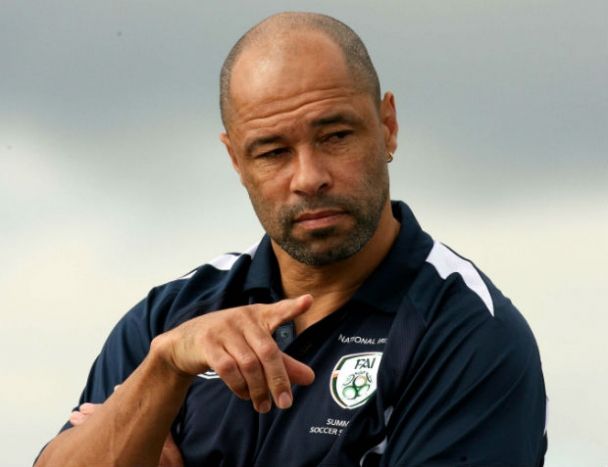
JOE: Can players or clubs get a second opinion?
Yes they can. In this situation, if the injury is a major concern, they should go and visit a specialist in the area who might be the top professional in the country.
This is good in two ways: 1) It takes the pressure and burden off the club doctor and 2) With any big money deals clubs will always want peace of mind.
Most top English clubs will have a retainer with the best specialists just for this purpose alone. These specialists have a mandate to reply to the club within 12 hours with a concrete answer.
JOE: In Loic Remy’s case, is there anything that he could do to persuade Liverpool or their medical staff that he could bring in his own doctors/ physicians? How does he proceed?
Once a club has a single shred of doubt then they will always bring in their own trusted specialists in that area. If they say no then it’s hard to imagine anyway that a club will change its mind unless they are willing to ignore medical advise.
The Remy incident points to two things: 1) An underlying problem or 2) Liverpool just weren’t that convinced to go ahead with the deal in the first place and were happy to find a way to scupper the deal, which is what Harry Redknapp suggested [Redknapp denies that Remy failed the medical].
All players will have some wear and tear but it all comes down to how much clubs want them.
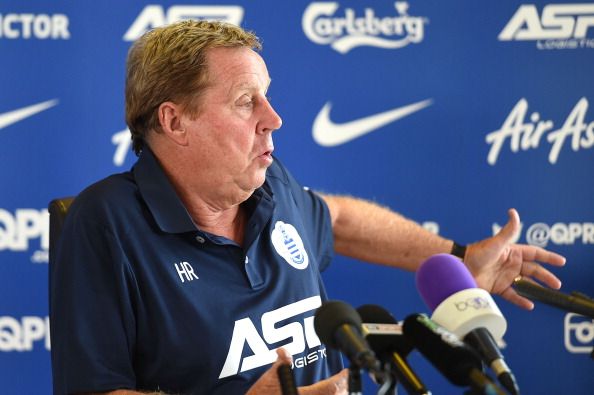
JOE: As a medical professional, do you speak in the bluntest terms that this player is a poor prospect and won’t get better?
Yes, 100 per cent because you have to be. Ultimately it’s the medical team that will get in trouble if the player gets injured.
There is always a personal risk in approving a medical on a player with a history of injuries but the important thing to ask yourself is, Do I think he can contribute for the full length of his contract?
If the player can’t then you have to spell that out in black and white. Doctors need to have integrity and confidence in their decisions and then let the club decide on the player’s future.
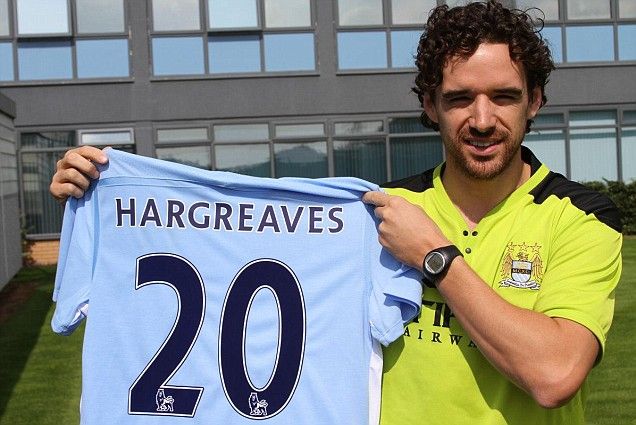
JOE: If an issue is detected during a medical, is the doctor obliged to inform the player who holds his registration or does doctor patient-confidentiality exist?
It’s a good question. It’s generally assumed that you can exchange information however I’ve always required permission to medically examine a player.
It’s generally assumed that the player’s presence and trust in your skills is consent enough to best advise regarding his health.
I was very surprised to see Remy’s medical going public because it could turn into a dangerous precedent in terms of a player’s job security and ability to make a living.
It can also have a knock on effect for QPR in terms of the transfer fee that they are looking to get for the player.
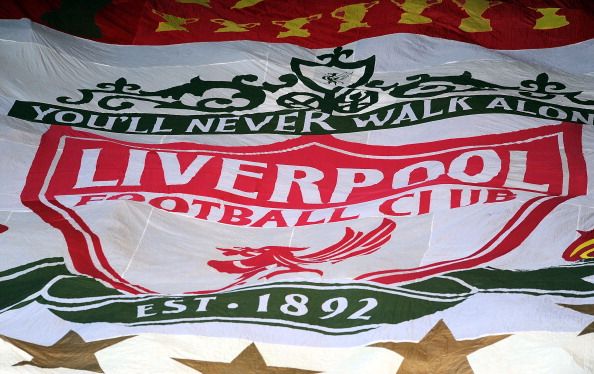
JOE: After a successful medical, is this information relayed to coaches, physios, manager etc so they can tailor a specially regimented gym programme?
100 per cent. Once you have a player’s medical information it’s incorporated into a player’s daily training regime.
For example, an older player might have had a cruciate knee injury or bad joints earlier in his career, then his pre season load would be tailor made.
Sometimes it might involve stopping the player from training on astro-turf, hard pitches, not being allowed to do massive jumps or box jumps in the gym, heavy squats which could aggravate his knee.
In order to improve any injuries, the conditioning coach and physios would use this information to make him more durable and fit. A medical will always inform how the club should proceed with the player for the duration of his contract.
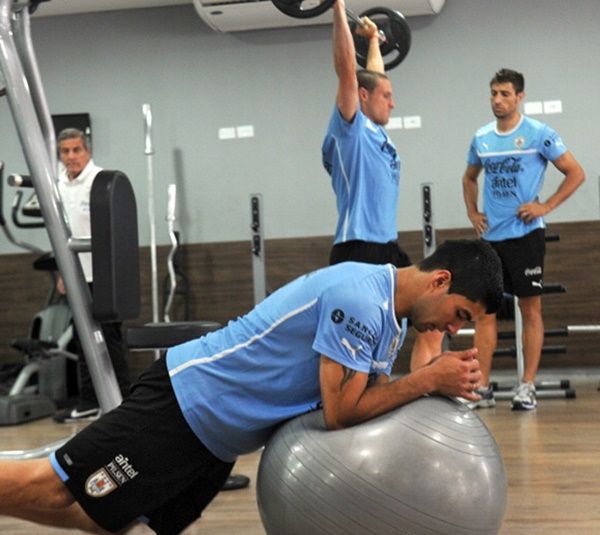
JOE: Do all players get a yearly medical? Is this the only time when they are regularly monitored or is it more frequent?
You’ll do player evaluation maybe three times a season. Pre-season, Christmas and towards the end of the season where the doctor will once again take the lead and repeat the exact same processes.
However, in the mid season, the doctor might take a closer look at mobility, flexibility and anything that may have changed since their first exam.
JOE would like to say a massive thanks to Fearghal Kerin for his time.
Fearghal has earned a bachelor’s degree in Physiotherapy at UCD as well as a master’s in Sports and Exercise Medicine at Trinity College and is currently working for St Patrick’s Athletic.



